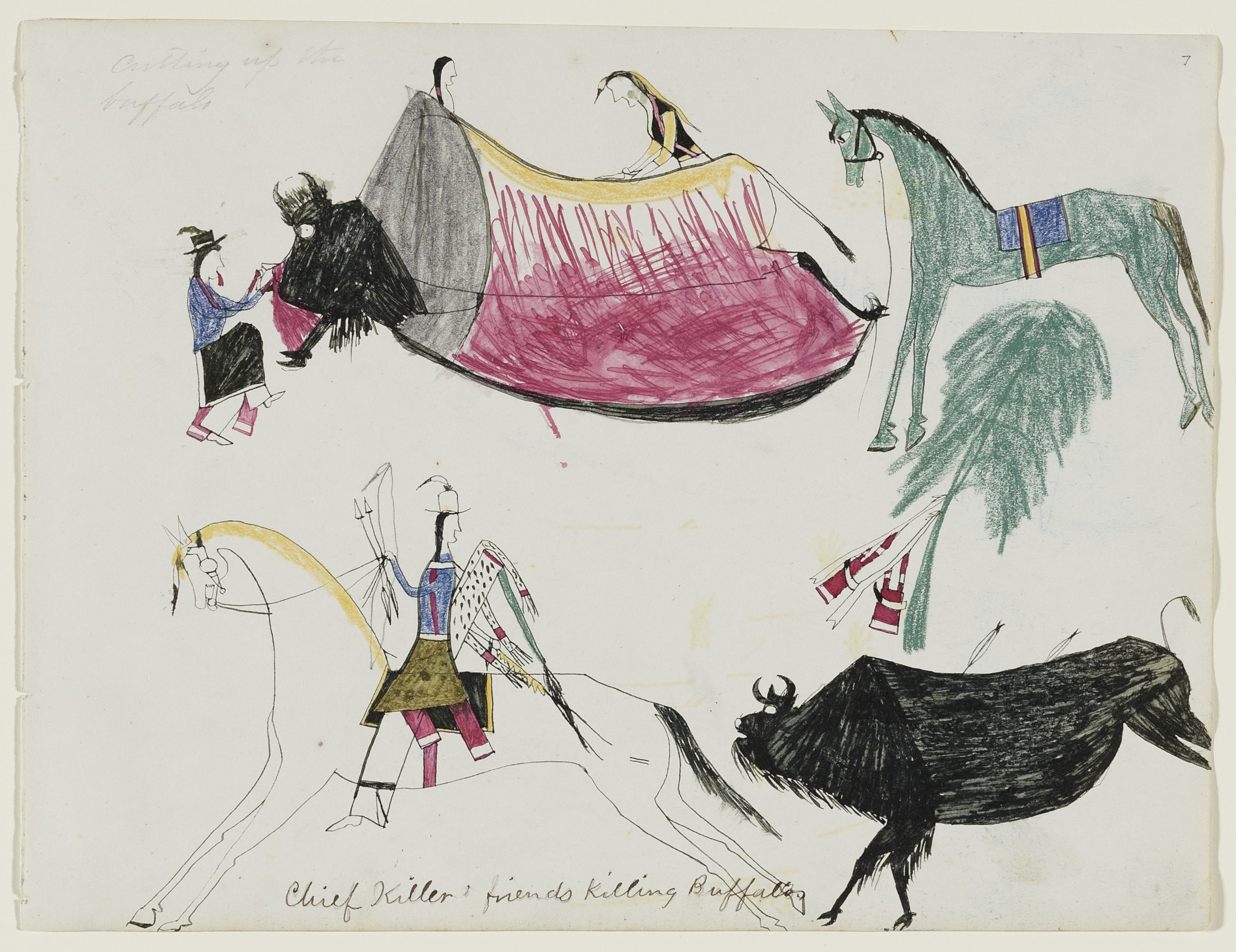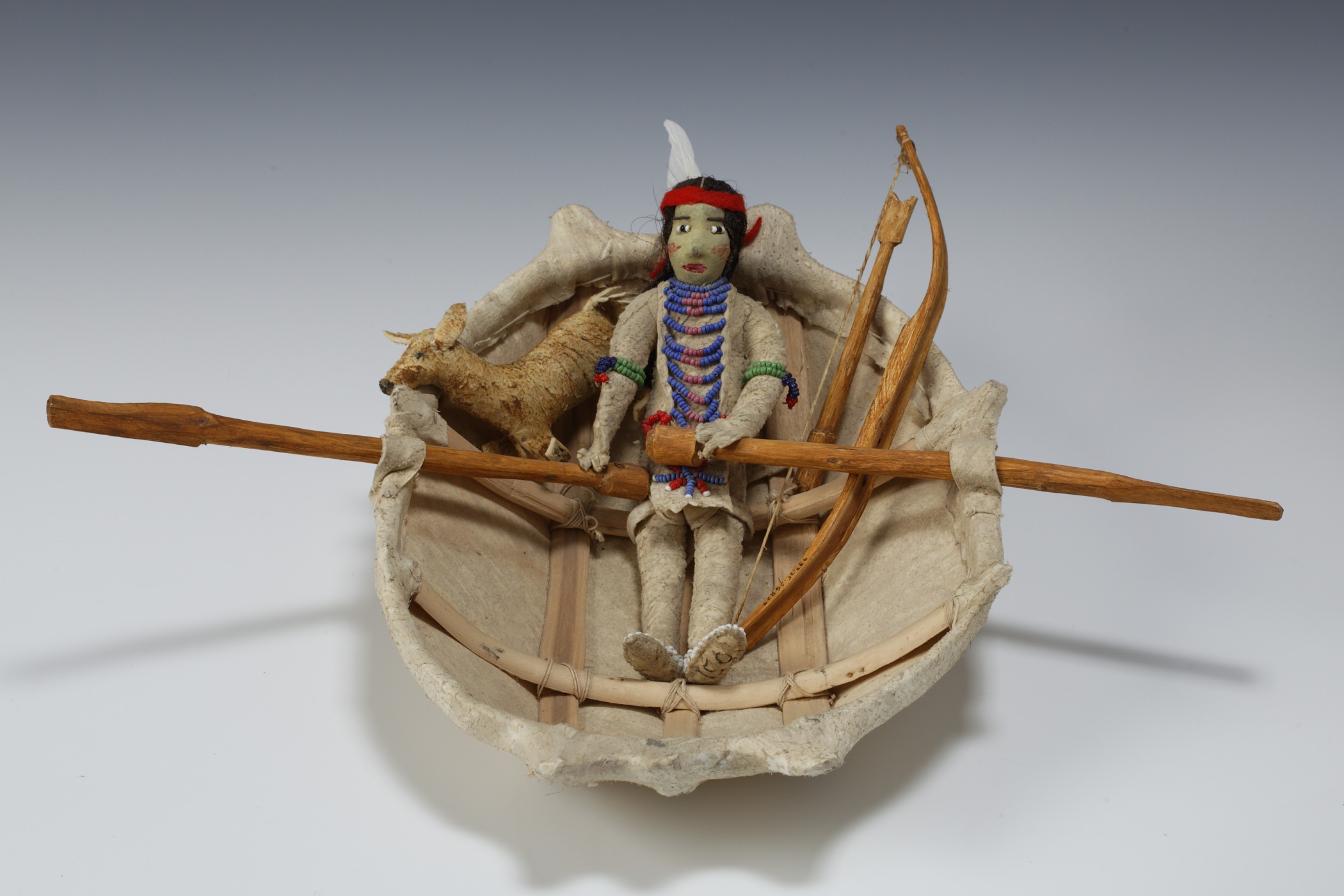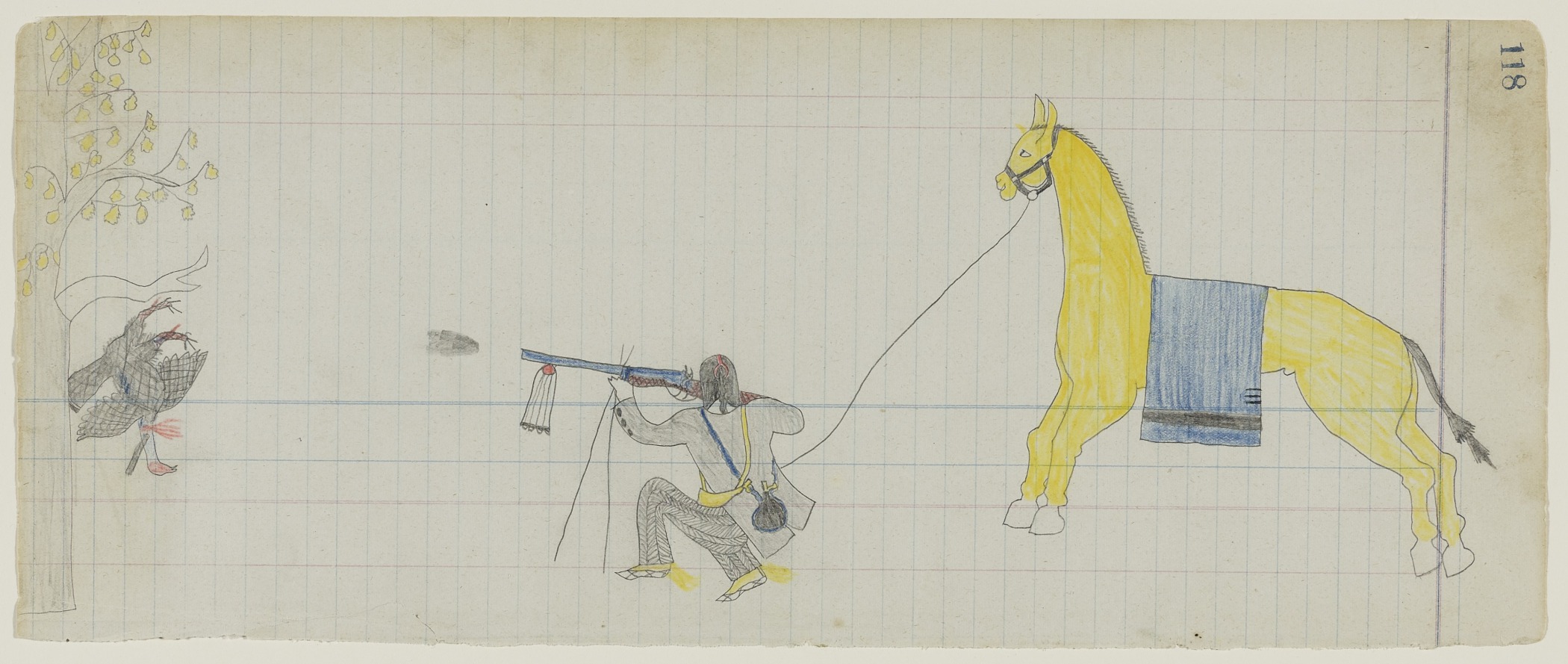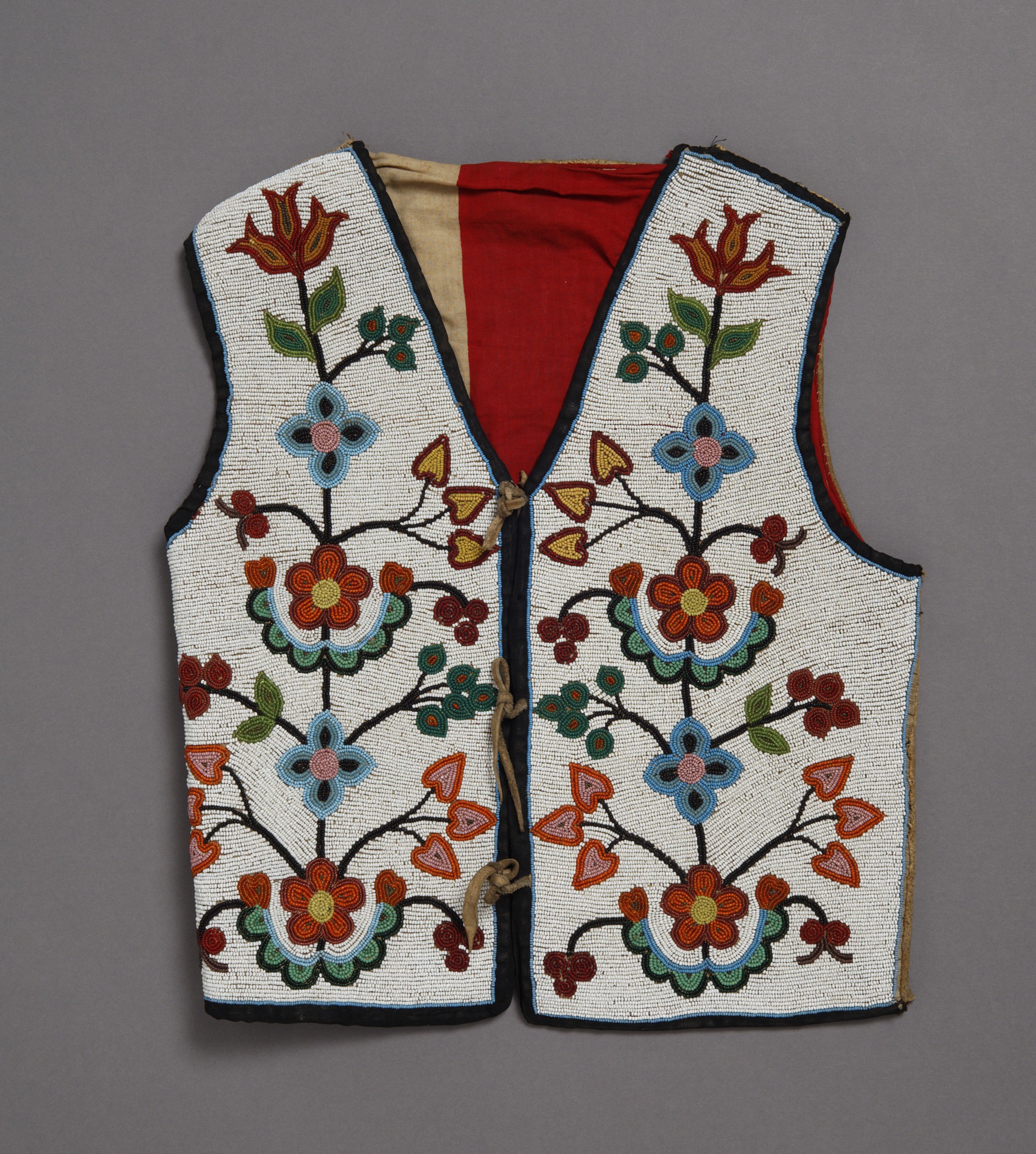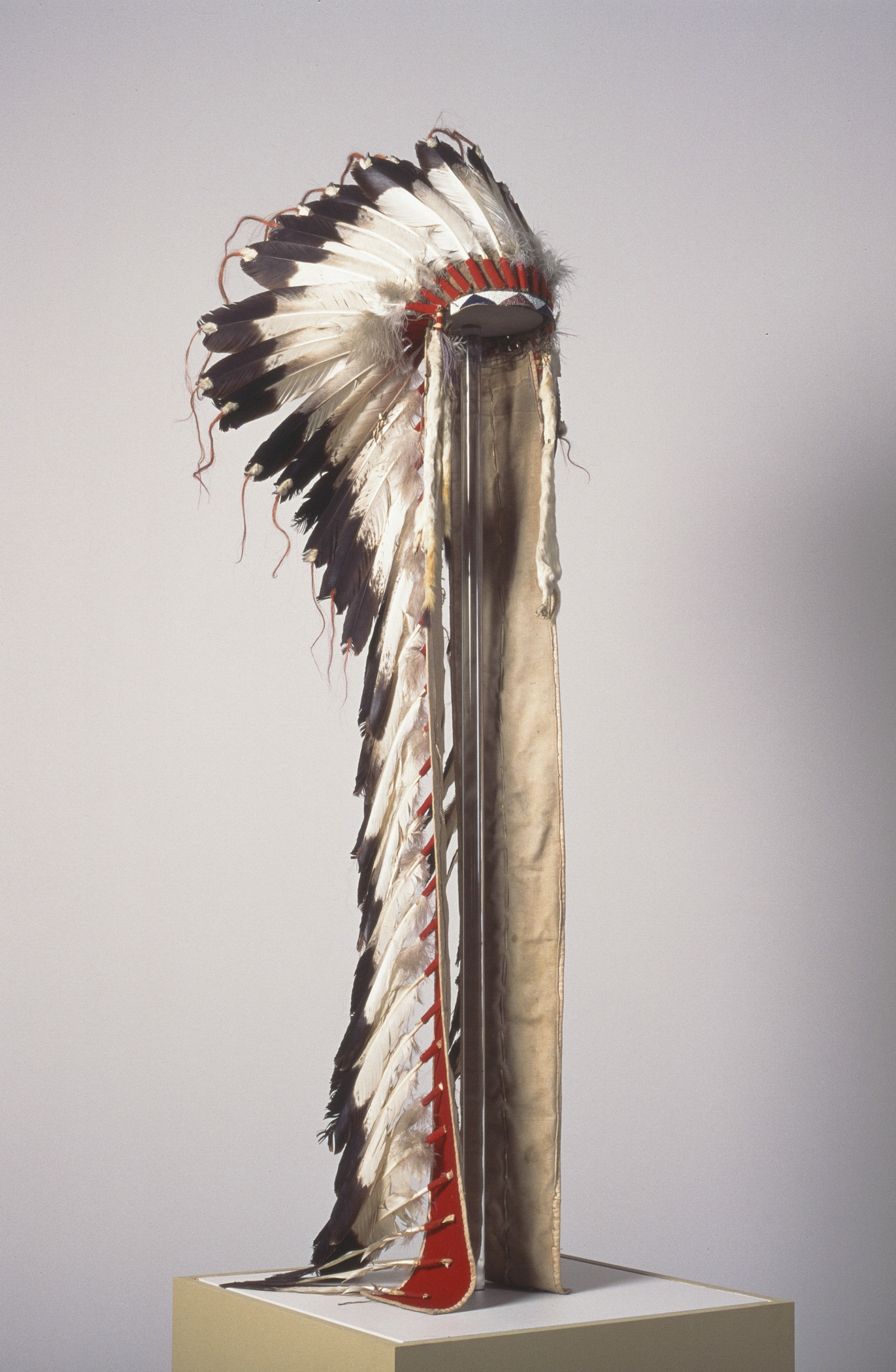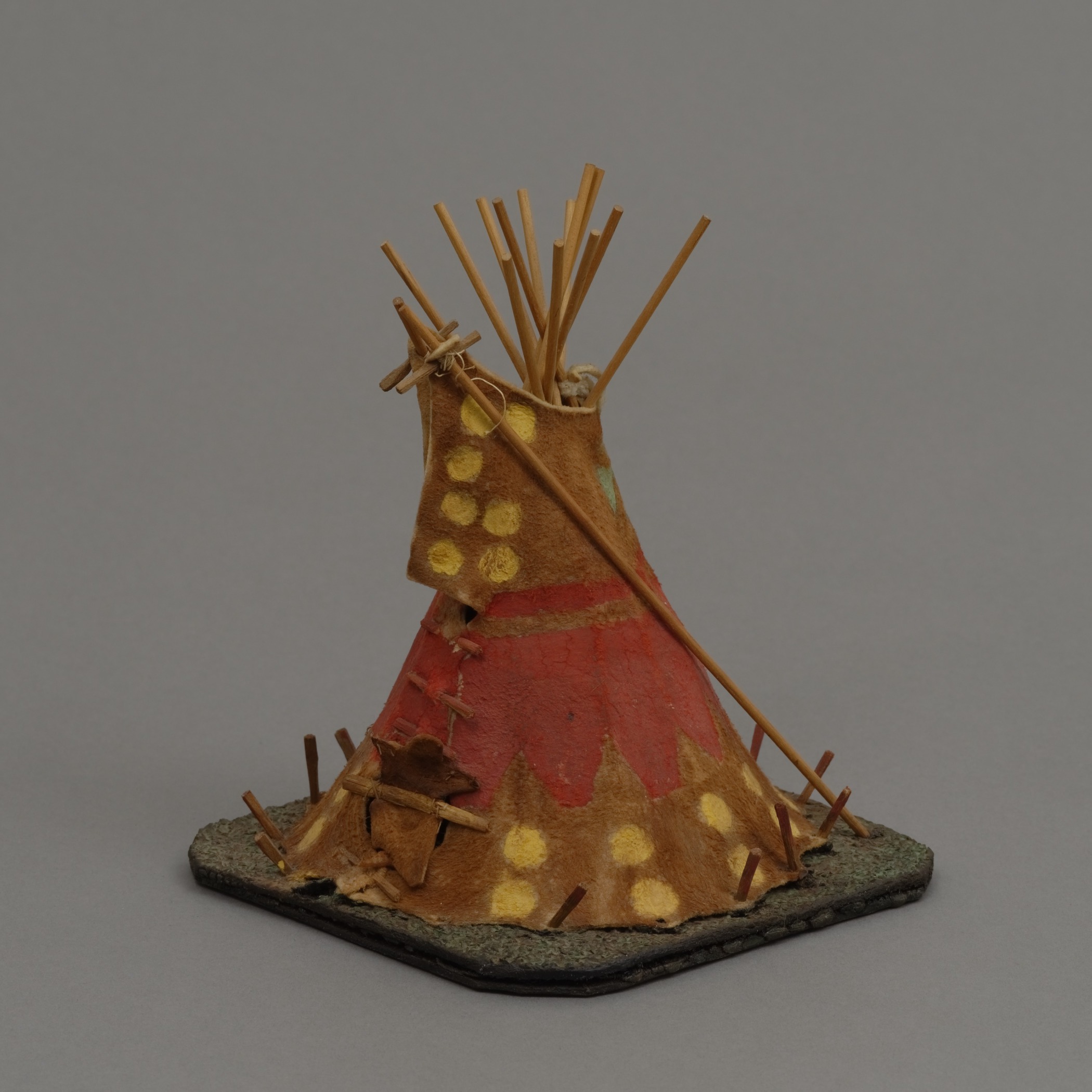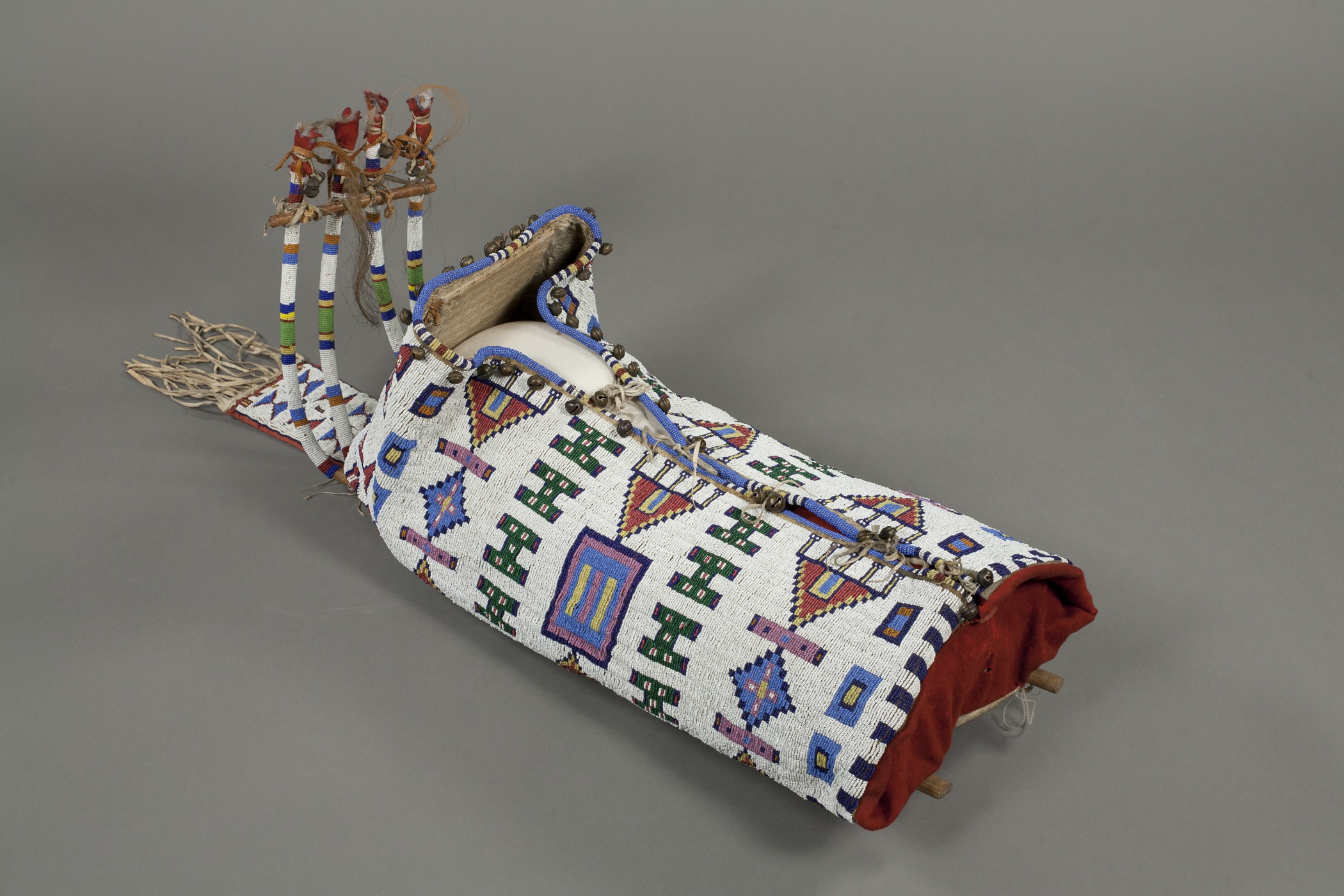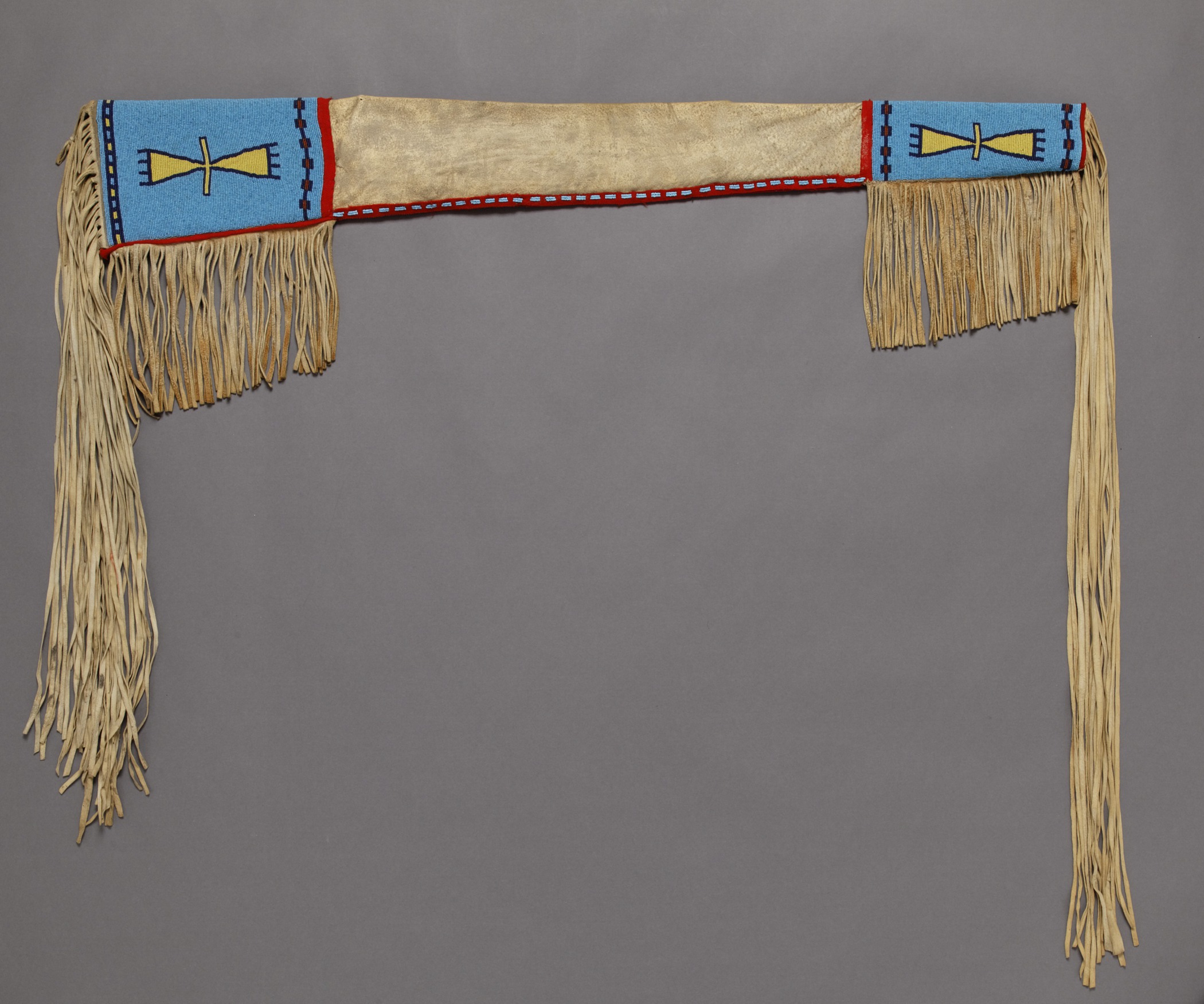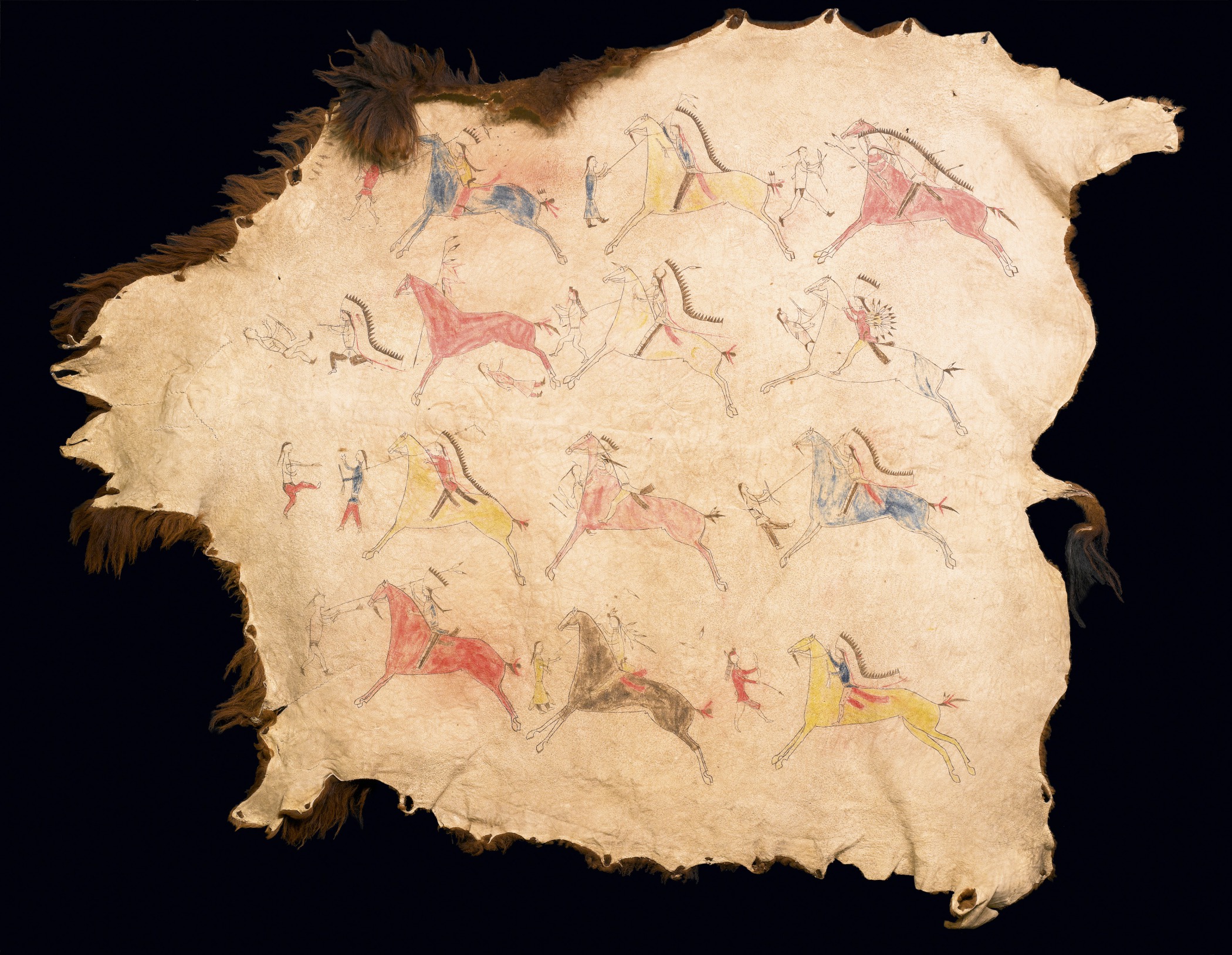Historically, there were two types of cultures on the Plains: nomadic hunter/gatherers and semi-sedentary village dwellers. Until the end of the nineteenth century, buffalo (or American bison) was by far the main source of food for all groups. It was eaten raw, cooked, dried, and stewed into soups. In addition, men fished and hunted deer, moose, elk, and rabbits.
Women collected edible roots, seeds, and berries. The most important wild crops were berries used to flavor pemmican, a type of buffalo patty that provided nutrients throughout the winter, and the prairie turnip, an edible root vegetable. Semi-sedentary Plains Indians—like the Mandan, Arikara, and Dakota—also grew crops including corn, squash, beans, tobacco, plums, and sunflowers.
Today, Native Americans, like all modern people, live in cities, towns, and rural areas, and buy food in grocery stores and markets. But some choose to practice traditional lifeways by continuing to hunt, fish, gather, farm, and prepare foods as their ancestors did.


